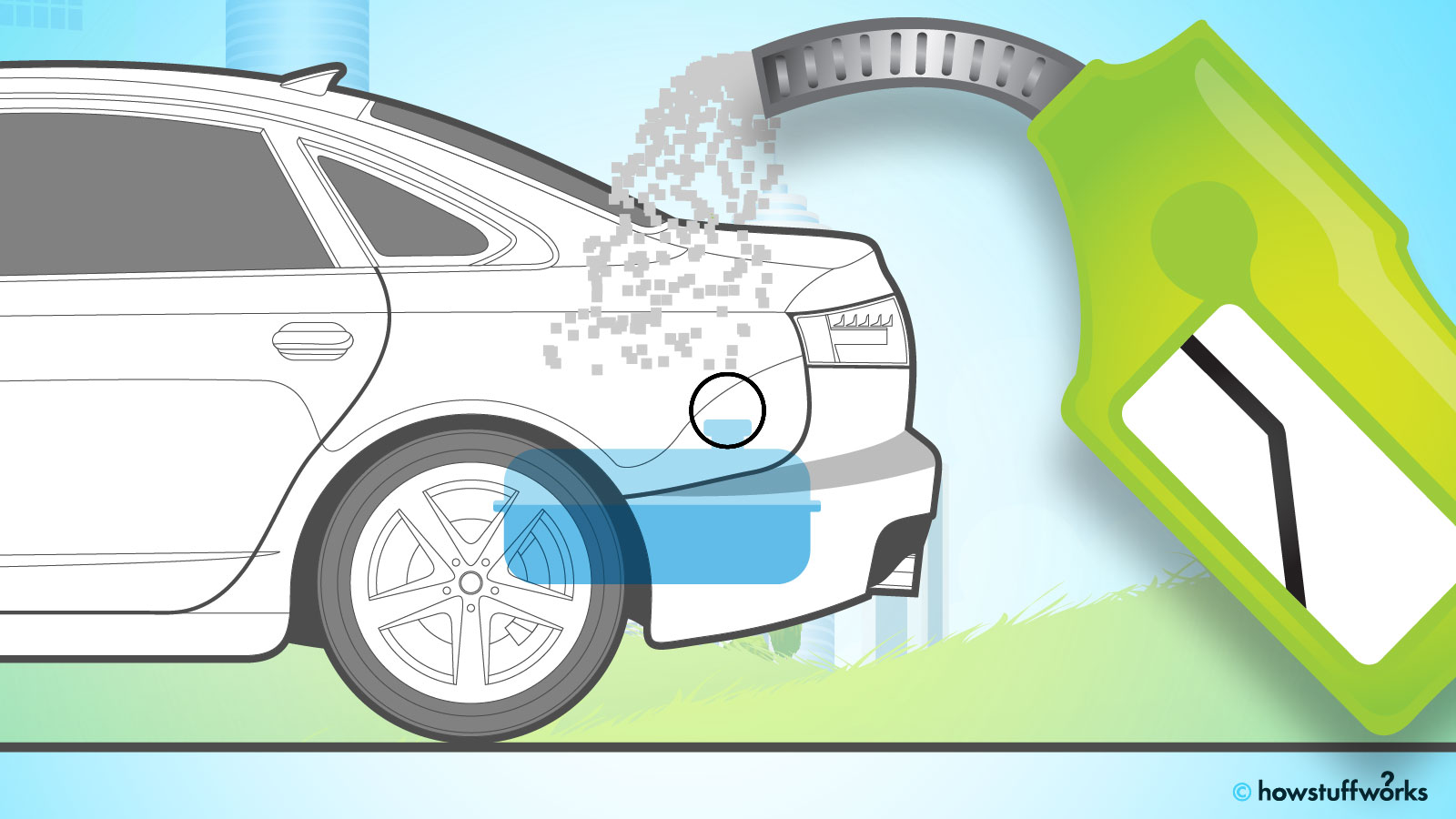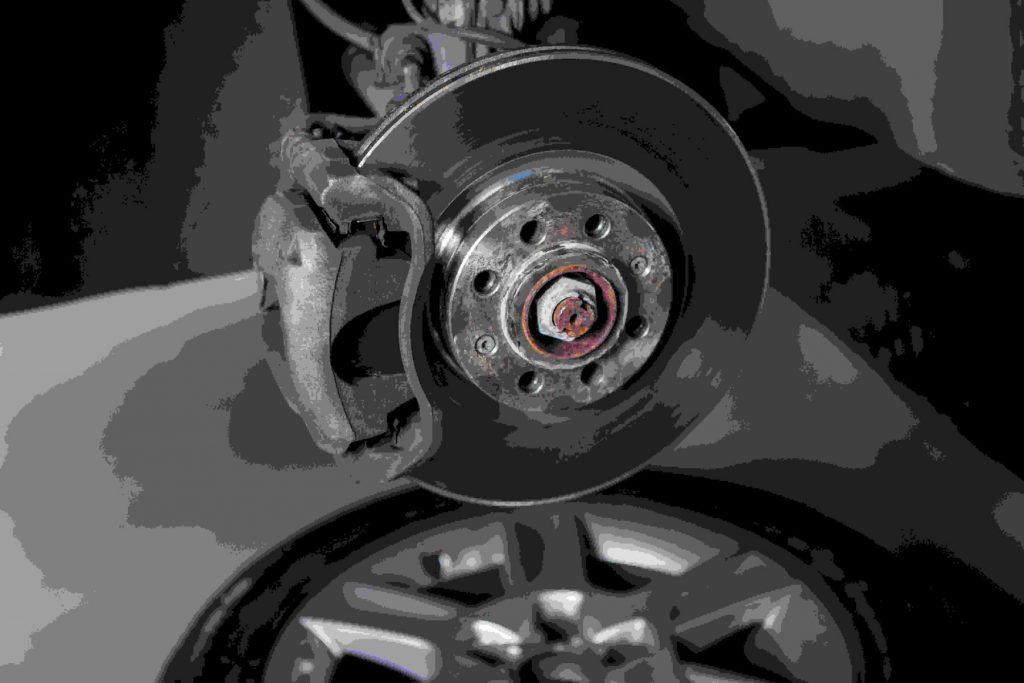The idea of someone pouring sugar into a car’s gas tank has been a long-standing urban legend. In movies and car lore, a vengeful prankster pours sugar into someone’s gas tank to destroy the engine. But how much of this is myth and how much is reality? We at Burj Malabar Auto Maintenance in Sharjah have encountered our fair share of automotive myths. In this article, we’ll explain what really happens if sugar finds its way into your gas tank and the actual effects on your engine.
The Myth and Reality of Sugar in the Gas Tank
There’s a popular belief that pouring sugar into a gas tank will dissolve into a sticky syrup and wreck the engine by caramelizing inside it, clogging the entire fuel system. However, this dramatic scenario has little basis in fact. In truth, sugar does not dissolve in gasoline at all. Instead of forming any syrupy goo, the sugar remains in solid granules and simply sinks to the bottom of the fuel tank.
One scientific test found that less than a teaspoon of sugar will dissolve in a full 15-gallon tank of gas – basically all the sugar stays as undissolved sediment. Modern vehicles are also equipped with fuel pickup screens and fuel filters that prevent debris from entering the engine. The granulated sugar grains are usually much larger than the filter’s pores, so the filter will catch the sugar before it can get into the engine’s intake. As long as the filter is intact, virtually no sugar should reach the combustion chamber. In other words, the horror story of an engine turned into a caramelized mess is just a myth.
To summarize the misconceptions versus reality, here’s a quick comparison:
| Myth | Reality |
|---|---|
| Sugar dissolves in gasoline and creates a syrup that ruins the engine. | Sugar does not dissolve in gas – it stays solid and sinks to the tank bottom. No syrupy sludge is formed in the fuel. |
| Sugar in the tank will reach the engine and coat internal parts, causing catastrophic failure. | Sugar is filtered out before it can reach engine parts. Fuel filters trap the sugar granules, so virtually none enters the engine. |
| If sugar is added, you’ll need a whole new engine. | The engine itself usually isn’t permanently damaged. The fix is to flush the fuel system and replace the filter, which is far cheaper than an engine rebuild. |
How Sugar Affects the Engine and Fuel System
While sugar in the gas tank won’t instantly destroy the engine, it can still lead to problems if enough of it is introduced. The sugar granules act like any other debris: they can clog up the fuel filter and reduce fuel flow. As gasoline is drawn from the tank, any sugar particles that get sucked in will accumulate on the filter element. Over time, a significant amount of sugar can block the filter, starving the engine of fuel even though there’s gasoline in the tank.
If the fuel filter becomes badly clogged, or if extremely fine sugar particles (such as powdered sugar) manage to bypass it, the fuel pump and injectors could be at risk. A clogged filter makes the fuel pump work harder and could cause it to overheat or fail from strain. In rare cases, tiny sugar granules might slip through and clog the fuel injectors, just as other fine sediments can. Clogged injectors or fuel lines will disrupt the engine’s fuel supply and lead to noticeable performance issues.
Here are some symptoms you might notice if a large amount of sugar has contaminated the fuel system:
-
Difficulty starting or no-start: The engine may crank but fail to start if the fuel filter is completely blocked by sugar.
-
Stalling or hesitation: Intermittent fuel blockage from sugar can cause jerking, loss of power, or stalling while driving.
-
Rough idling or misfires: Sugar reaching the injectors can lead to an uneven fuel supply, resulting in a rough idle or engine misfires.
These problems typically occur only if a significant amount of sugar is present. A small spoonful of sugar in a full tank often won’t cause immediate symptoms. However, hitting bumps or driving until the tank is low can stir up the settled sugar. In the worst case, so much sugar collects that it completely blocks fuel flow and the car won’t run until the system is cleaned out.
What to Do If Sugar Gets in Your Gas Tank
If you discover or suspect that someone poured sugar into your gas tank (for instance, you find sugary grains around the fuel cap or your car suddenly exhibits the symptoms above), the first rule is don’t start the engine. Running the vehicle will only circulate the sugar and potentially worsen any clogging. Here are the steps we recommend:
-
Do not turn on the car: Avoid starting the engine or driving. This prevents the fuel pump from drawing sugary fuel into the lines and filter.
-
Inspect the fuel cap area: If possible, check the gas cap and filler opening for signs of tampering or sugar crystals. Then secure the cap to prevent further contamination.
-
Tow the vehicle to a mechanic: It’s best to tow the car to a service center (for example, our Burj Malabar Auto Maintenance workshop in Sharjah) rather than drive it. Tell the mechanics you suspect sugar in the tank.
-
Fuel system cleaning: Mechanics will drain the fuel tank and inspect its interior. The tank may need to be removed and cleaned thoroughly, especially if a lot of sugar was dumped in. They will also flush the fuel lines to clear out any residual sugar or debris.
-
Replace the fuel filter (and check other parts): The fuel filter will almost always be replaced, since it’s the part that gets clogged with sugar. The mechanic will also check the fuel pump, injectors, and fuel lines for any remaining sugar or damage. In most cases, a cleaned tank and new filter resolve the issue. Only if sugar managed to get into the injectors or pump would those components require further cleaning or replacement.
-
Preventive measures: Consider using a locking gas cap in the future to deter pranksters. Also, try to refuel at reputable gas stations to avoid any contaminated fuel. Keeping up with regular maintenance (like periodic fuel filter changes and fuel system cleanings) will help catch problems early.
The good news is that sugar in the tank is messy but fixable. Usually it just requires cleaning the fuel system and replacing the fuel filter – not an engine rebuild. The repair bill might run a few hundred dollars at most, far less than having to replace the entire engine.
The Real Impact of Sugar in Your Gas Tank
In summary, the infamous sugar-in-the-gas-tank trick is more of a nuisance than an engine-killer. Sugar doesn’t dissolve in gasoline or turn into caramel in your engine – that part is pure myth. However, it can clog your fuel filter and cause stalling or starting problems until it’s cleaned out. It’s a nasty prank that might cost you some time and money, but if addressed promptly your engine will be unharmed.
We want to reassure drivers in Sharjah that while this prank is harmful, it’s not the nightmare people fear. At Burj Malabar Auto Maintenance, we have the expertise to safely remove contaminants like sugar from your fuel system and get you back on the road. Keeping your vehicle’s fuel system clean and well-maintained is key – and if you ever face this issue, we’re here to help.



